
The Suzuki GSX250R Bleeds Blue…Again
- Mar 9, 2022
- Views : 11309


In 1999 a time machine landed on Earth in the form of the Suzuki Hayabusa. This motorcycle transported riders so far into the future that it took two generations and more than twenty years for other vehicles to catch up to its seemingly limitless and effortless performance. While the second generation Hayabusa could rest on the laurels earned by the first, the 3rd generation Hayabusa would have to work much harder to haul riders into the future given the increased performance, technology and ability of high-performance motorcycles today. But how? In this day and age, setting a new top speed record for a production bike would be frowned upon as frivolous, and worse, as irresponsible. At the same time cleaner tailpipes are making high performance even tougher to unlock. So what has Suzuki done to ensure that the new Busa is a true Busa??
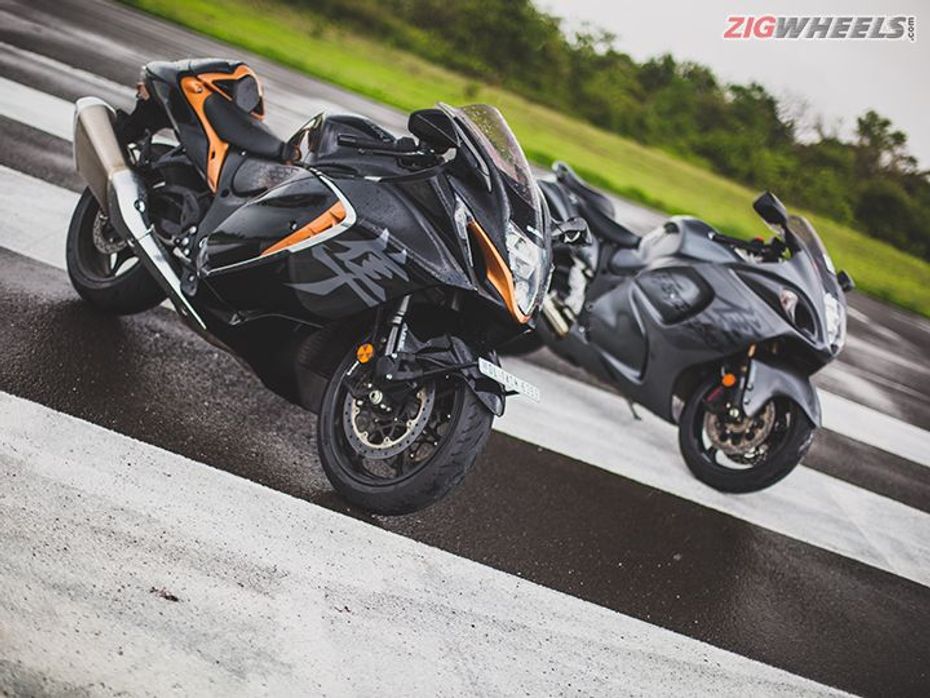
Changing the Language
At first glance the latest Hayabusa has done what was expected of it: it brought along a revolution. There’s no confusing the second and third generations. Everything has been sharpened, everything has been modernised. There are LED headlamps and tail lamps, but it’s details like the gorgeous underslung mirrors and the chrome-laced C-shaped vents on the fairing that make this feel stylish and sophisticated. But it is still unmistakably a Hayabusa, especially as the headlamp splits the air intakes with a fierce strike.
The real beauty of the new Busa doesn’t quite hit home until you bring the 2nd gen into the frame. Both motorcycles are long and voluptuous, and not exactly pretty from every angle. But everything on the new bike - from the fairing and the tank to the pillion seat - is lower and tighter. It’s almost like someone vacuumed the body panels onto the motorcycle. Suzuki could have, and should have, shouted this out: the new Busa is leaner and meaner.
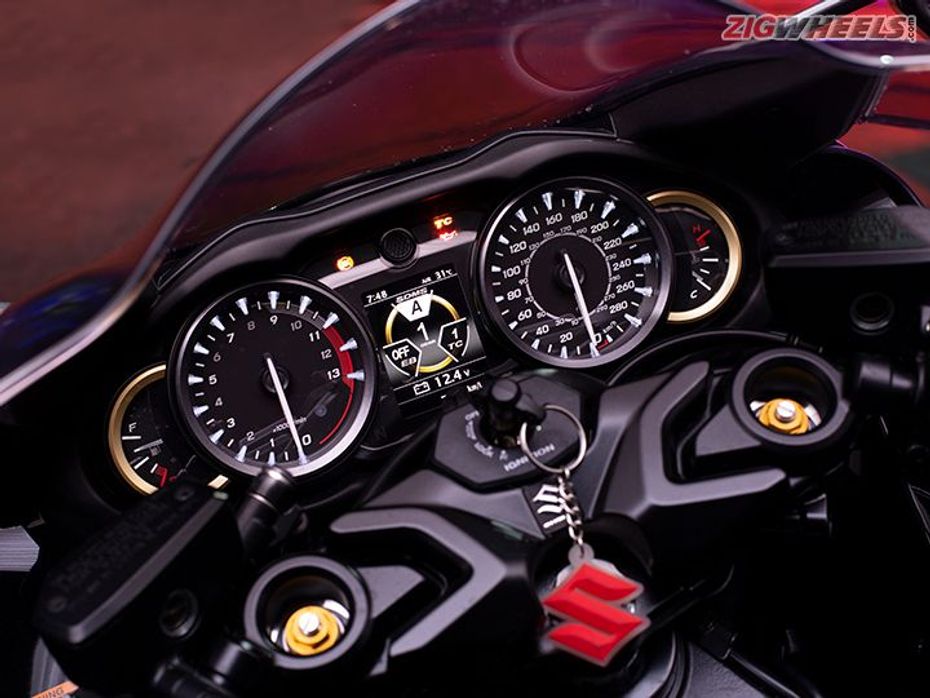
It also feels a whole lot more premium and technologically advanced, with digital screens to show you all the new electronic settings you can now play with. You can still savour the sight of the tapered needles beautifully sweeping up and down the speedometer and rev counter. The levers, switches and palm grips look modern and feel plush while the robust build expected of a Suzuki remains unchanged. So, while it is very much a Suzuki and a Hayabusa, it wears a more lustrous and sharper demeanour now.
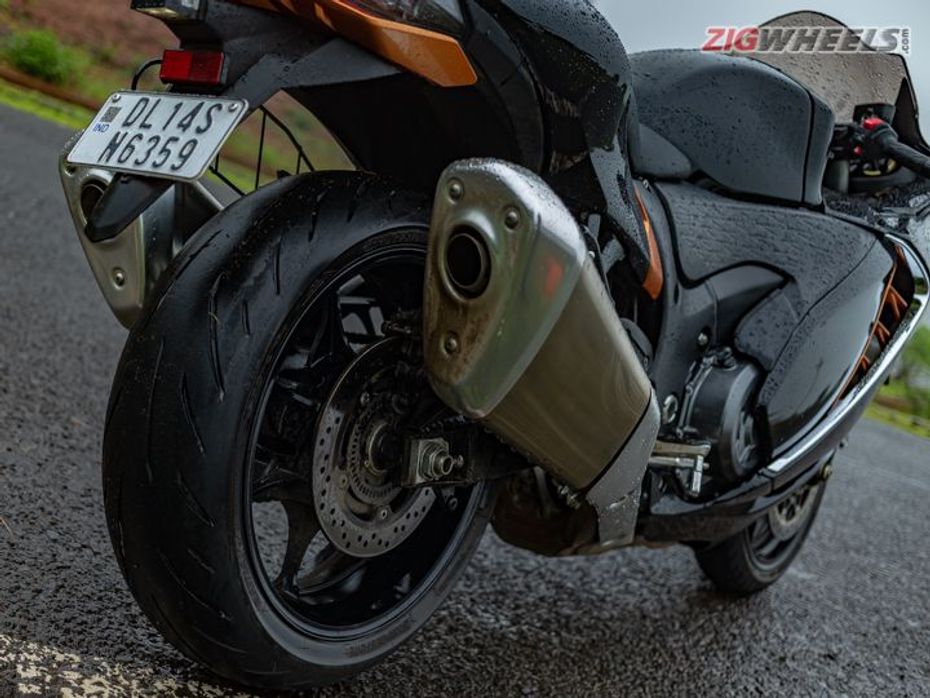
Under the Skin
Sure, Suzuki’s designers played their part fully, but have the engineers taken things a bit too easy? This thought arises, because at a quick glance of the spec sheet, a lot of what’s underneath seems to be the same--like the wheelbase and the twin-spar aluminium frame. Tweaks do point towards a more usable package, with length reduced by ten milimetres, ground clearance increased by five, and seat height reduced by five. Weight has been lowered too, but on a motorcycle as chunky as the Hayabusa, shaving two kilograms seems underwhelming.
Even the engine seems all too familiar, with the same number of cylinders, valves, displacement, and compression ratio. But in reality, Suzuki has reworked every bit of it to try and maintain performance levels while meeting emission regulations. Which is why you get longer intakes, new valves, new fuel injection system, new swirl promoting combustion chamber, lighter pistons and connecting rods, new plating for the cylinders, new camshafts, a new clutch, and much much more.
But a cleaner engine without an increase in displacement has dropped power from 197PS to 190PS and torque from 155Nm to 150Nm. So even though you could say that the Hayabusa has changed, it doesn’t seem to have changed for the better.
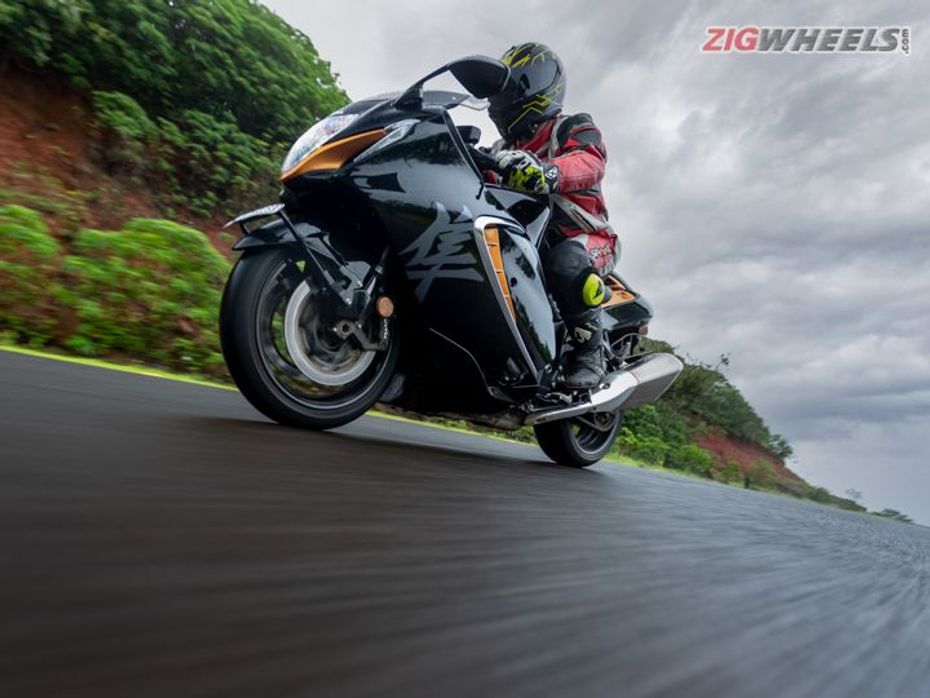
Busa Brag
Ever since the gentlemen’s agreement came into effect at the turn of the millenium the top speed of the Hayabusa has been capped at 299kmph - and that’s no different with the new Busa. On the other hand, Suzuki hasn’t sought to join the sub-3 second club, as the new Busa is said to be just a bit faster than its predecessor in the dash from 0-100kmph. While this sounds tame, the Busa doesn't feel tame from the saddle. Instead, it seems angry, and you can feel this every time you prod the throttle. There is an urgency that makes it feel like it has added a tooth in one of its sprockets, and that it certainly has fangs. Incredibly, this new aggression is simply down to the many revisions in the engine, which have resulted in a big jump in torque at low to mid revs. The clock bears this out, with the new Busa getting to 100kmph in 3.38s whereas the older machines took 3.49s. So, it’s not resetting expectations, but it’s quicker.
However, existing Busa riders should temper expectations if they hope that the speedo needle will sweep more fiercely even as it goes past the 200kph mark. Undoubtedly, the new Busa is rapid here too, but the dip in peak power and the taller gearing seem to have mellowed the Busa’s hunger to hit the 299kmph mark at the drop of a hat. In our tests the third generation got to 200kmph in 8.96s whereas the second gen clocked 8.78s. This shows that the second gen gained three-tenths in the run from 100-200kmph. While these times are academic, from the saddle the bikes feel different too; the new Busa seems to be gritting its teeth in the second half of the speedo’s sweep, while the older Busa licks its lips and smiles. Nonetheless, riders getting introduced to the Busa for the first time will find the third generation’s performance very intoxicating indeed.
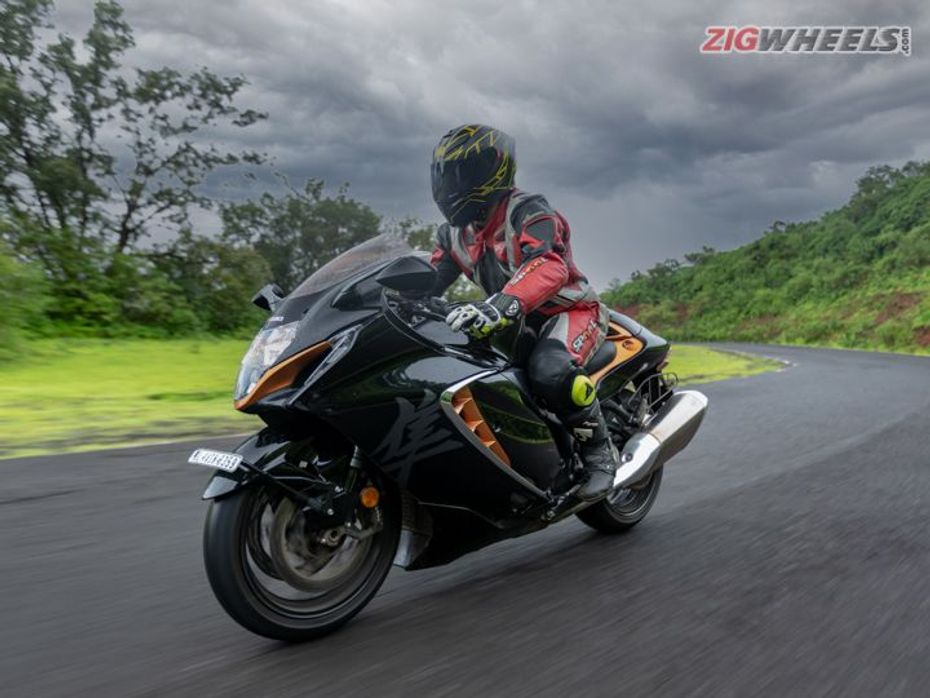
The Touring Busa
The Busa’s large engine, creamy power, endless torque and accomplished suspension have made it a top choice to demolish distances with, and the new Busa carries this weight confidently. Yes it is fast and tireless, but it also has a new note of restlessness, and nudges you to go faster and faster. But if you don’t have the restraint, or the patience, the new Busa has cruise control and a speed limiter for you to fall back on.
Electronic niceties also include Hill Hold, which applies the rear brake when stopped on an incline, making it easier to clamber up mountains. No, there’s no navigation or bluetooth connectivity. Although, when traversing lonely valleys, you might want to keep the tank range in mind. The reduction in tank capacity from twenty-one to twenty litres isn’t dramatic; however the drop in claimed fuel efficiency from 21.1kmpl to 17.9kmpl will drop the range a fair bit. In our real world usage, we saw a 3-4kmpl difference (not standard test conditions) between the two motorcycles.
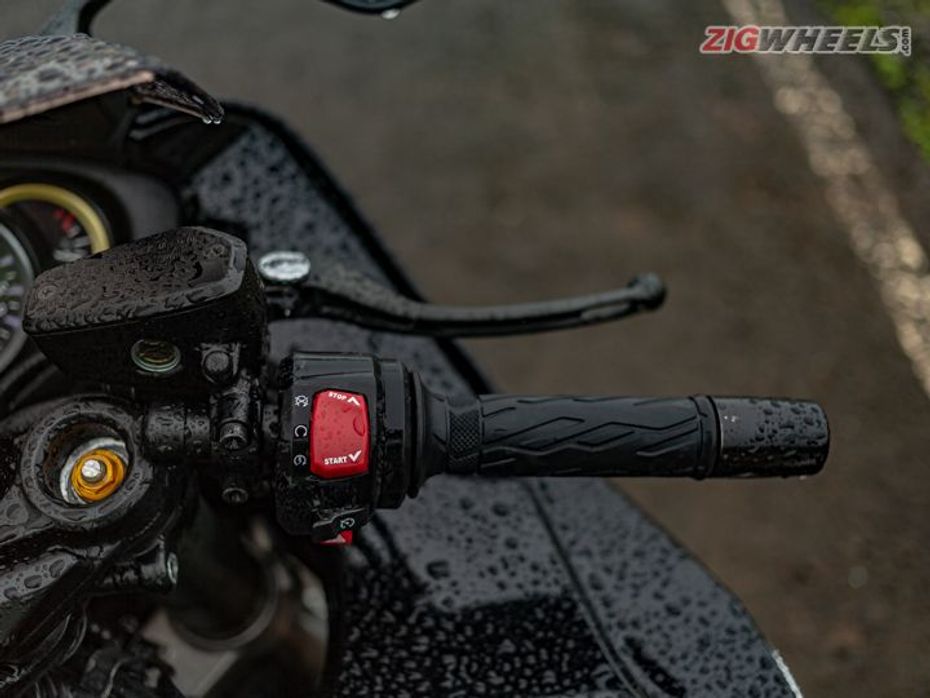
Shorter riders won’t feel stretched out now as the clip ons are 12mm closer than before; however, the altered ergonomics won’t change long haul comfort dramatically, although the perfectly cushioned seat, and the wind protection should offer you no reason for complaint either. Taller riders will still feel cramped in the seat-to-peg department, although they will be grateful for the extra kneeroom that the new fairing design opens up.
Just like with the engine, the suspension too is highly capable and very impressive, but there is a change in attitude. The new Busa runs flatter and feels more settled over all kinds of surfaces, as promised by the revised internals that the KYB front forks and rear shock use. So, it doesn’t bob over undulations or bumps, but on the other hand broken surfaces are more apparent to the rider now. You can think of the second gen Busa as your favourite lounger that bobs around a bit, while the new Busa is like your favourite well-padded gaming chair - comfy and tight.
On the whole the Busa is a machine that will transport you ably and quickly, but its heart, now it seems, isn’t here.

Everyday, Anyone?
As an everyday motorcycle the Busa has become much easier to ride. While the new look suggests it, the Busa actually does feel lighter and tighter. The Suzuki was always easy to manage once you got going, its weight melting away into nothingness. But the new Busa masks its weight even at parking speeds, and now when you get going it shrinks around you even better, letting you slip through traffic like a pro.
With its stronger low and mid range torque the new Busa makes getting around the city easier than the old bike. You can crawl around in 5th at 30kph without a stutter. In roll-on accelerations the new bike went from 40-80kmph in 4th in 3.95s, whereas the older Busa took 4.2s. The new suite of electronic aids include low RPM assist to prevent inadvertent stalling, cornering ABS, ten levels of traction control, ten levels of wheelie control and slope dependent braking too. So the Busa won’t feel intimidating to riders getting aboard for the first time, and it will encourage them to dig deeper into and revel in its abilities.
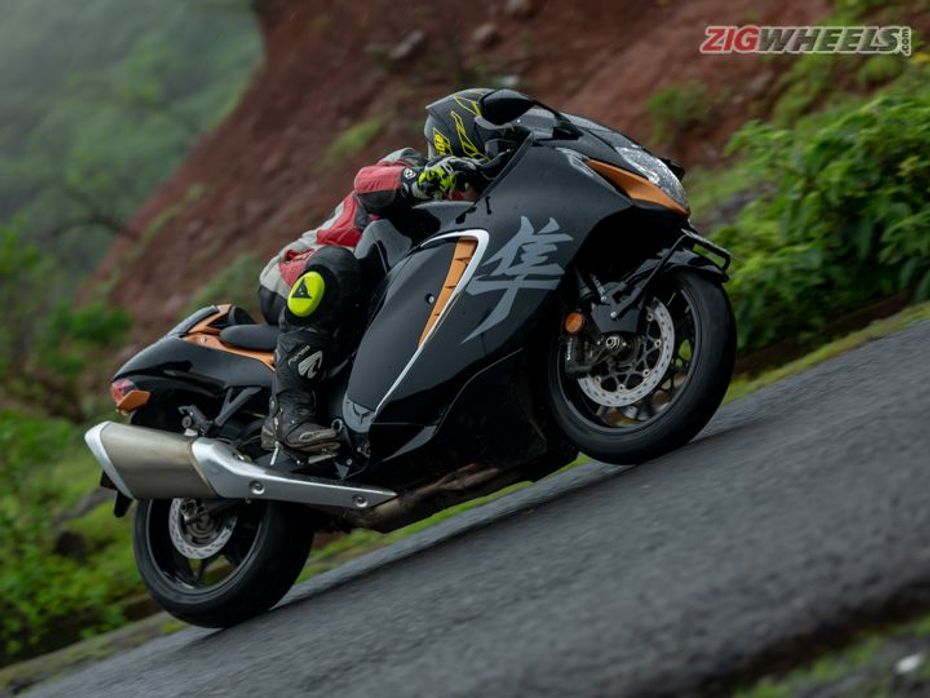
Track It?
The Busa’s fame has been built on how fast it goes, but the enduring connection that riders feel for the Busa is also tied to its handling. For a motorcycle that weighed nearly 270kg, its handling was magical. But a lot has changed in twenty years and now the third generation Busa needs to contend with bikes that are 40-50kg lighter, that have trick engine and chassis designs, and of course electronics. Suzuki doesn't answer this with dramatic weight savings, or a new trick chassis, although they tried many. Instead the perimeter frame has stepped up for a third outing, albeit with altered steering geometry.
The outcome is gobsmacking. With just a few tweaks the new Busa feels like a different animal. Now, you don’t need to ask nicely when dropping into a corner, neither do you need to hold back when tackling switchbacks. You can attack, and even then the Busa just might ask you to keep up. The real reason for the revised handlebar position is to give the rider a much better feel for the front end and the new tyres increase the confidence levels further. You can choose and change lines with such ease that its weight seems purely academic.
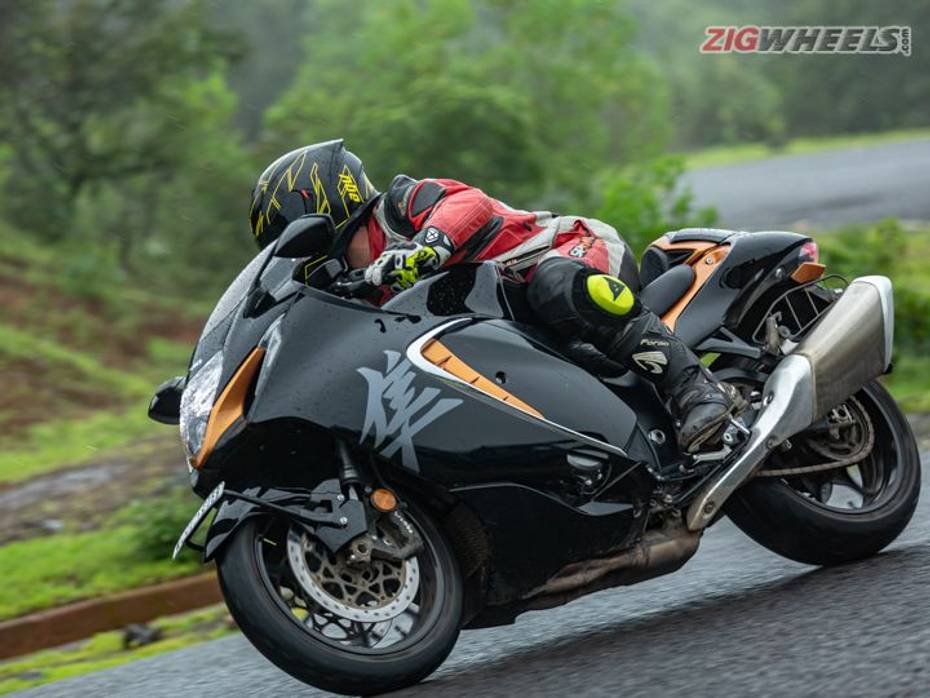
Although it is sharp and sporty, the new Suzuki is a confidence-inspiring machine that won’t worry the rider needlessly. Even on wet tarmac it was feelsome and reassuring. Suzuki have even slapped on Stylemas from Brembo and a larger disc to tackle the Busa’s weak spot: braking. The new brakes provide lots of initial bite and decent feel, but they still feel spongy when braking to a halt from high speeds. Of course, the suite of electronics make everything much easier - for track use you have three level launch control - holding revs at 4000, 6000, or 8000rpm. The IMU-based aids like lean-sensitive traction control and wheelie control work smoothly in the background and let you put power down without flinching.
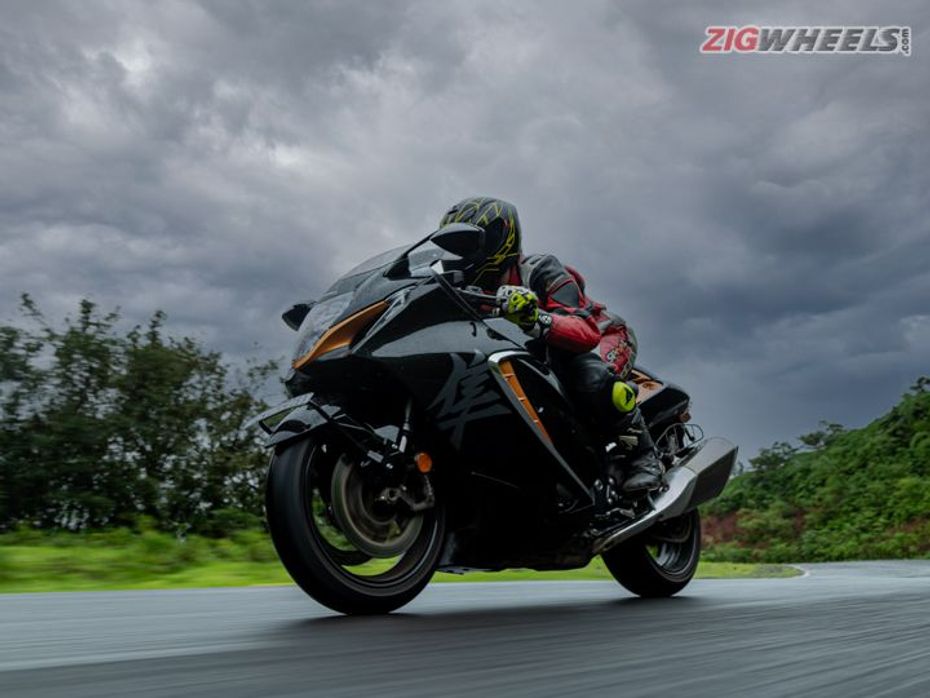
The Deviation
So, has Suzuki created a true Busa? Given that the third generation has the hallmarks - it is versatile, friendly, long legged and packed with deep reserves of performance in a dramatic and sporty form - it is very much a Busa. Given the world it has to contend with, the philosophy that drives the Hayabusa story has changed; while hyper performance was the bedrock of the Busa story, the emphasis now seems to be on sporting manners. All the changes on the Busa, from the angrier engine, the tauter suspension and the revised ergonomics to the tweaks to the chassis propel it confidently into a world of 10Rs, and V4s, and we have a sneaking suspicion that it will harry them hard. So the new Busa is different, but even then it is still deserving of any and every pedestal you could put it on.
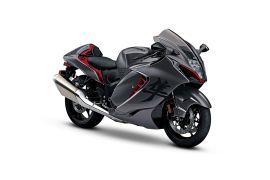

The Suzuki GSX250R Bleeds Blue…Again

All You Need To Know About The Avenis

The Fastest Bikes We’ve Ridden In 2021

Suzuki Avenis vs TVS NTorq 125 Race XP: Comparison Test

2023 Ducati Panigale V4 S Track Review: Easy To Get Swayed Away
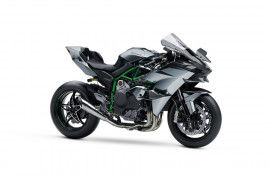 Kawasaki Ninja H2
Kawasaki Ninja H2
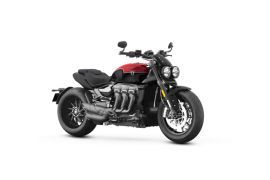 Triumph Rocket 3
Triumph Rocket 3
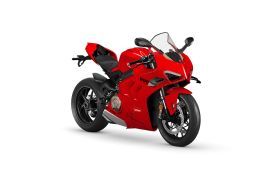 Ducati Panigale V4
Ducati Panigale V4
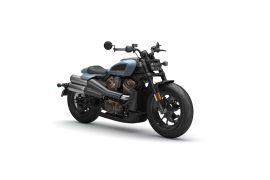 Harley Davidson Sportster S
Harley Davidson Sportster S
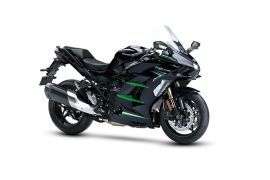 Kawasaki Ninja H2 SX
Kawasaki Ninja H2 SX
India's largest automotive community